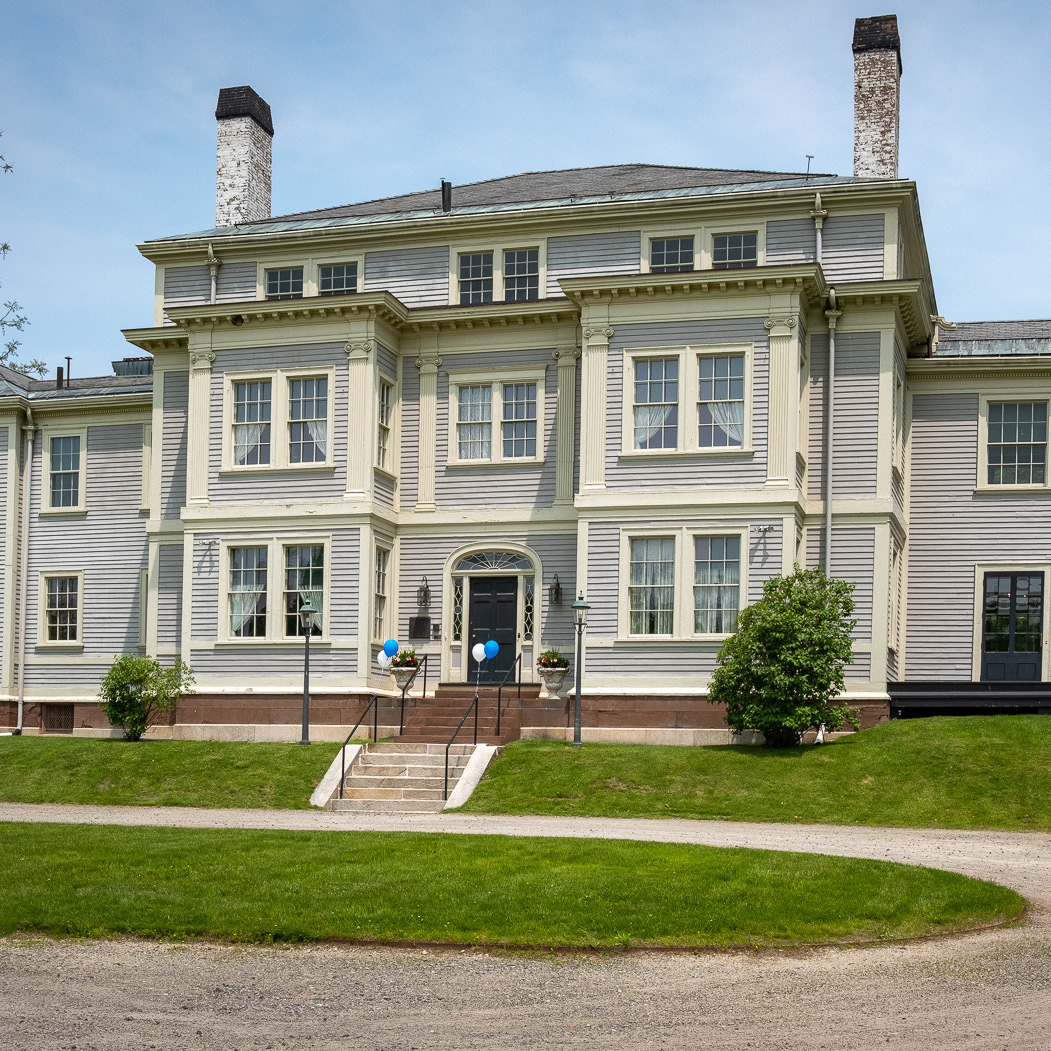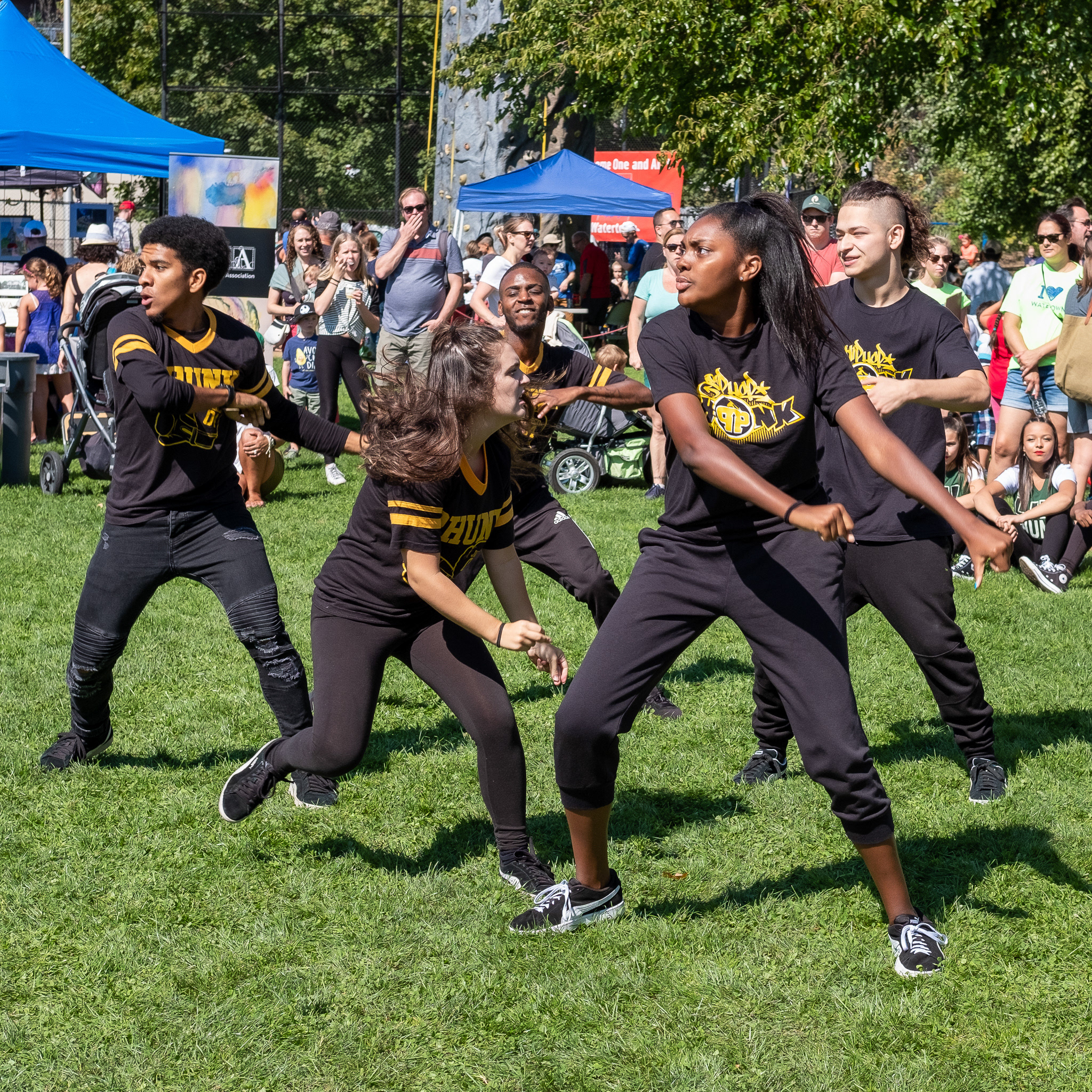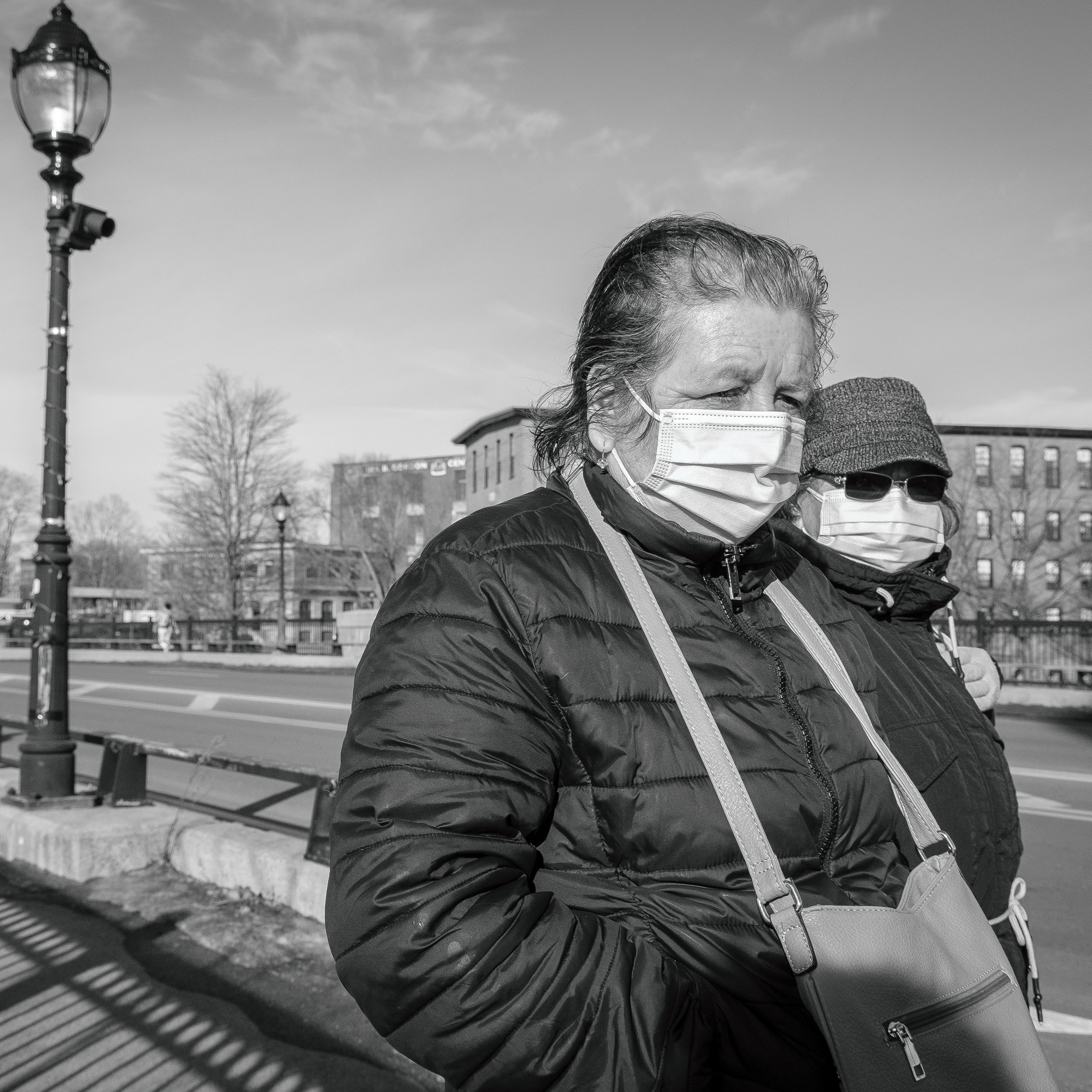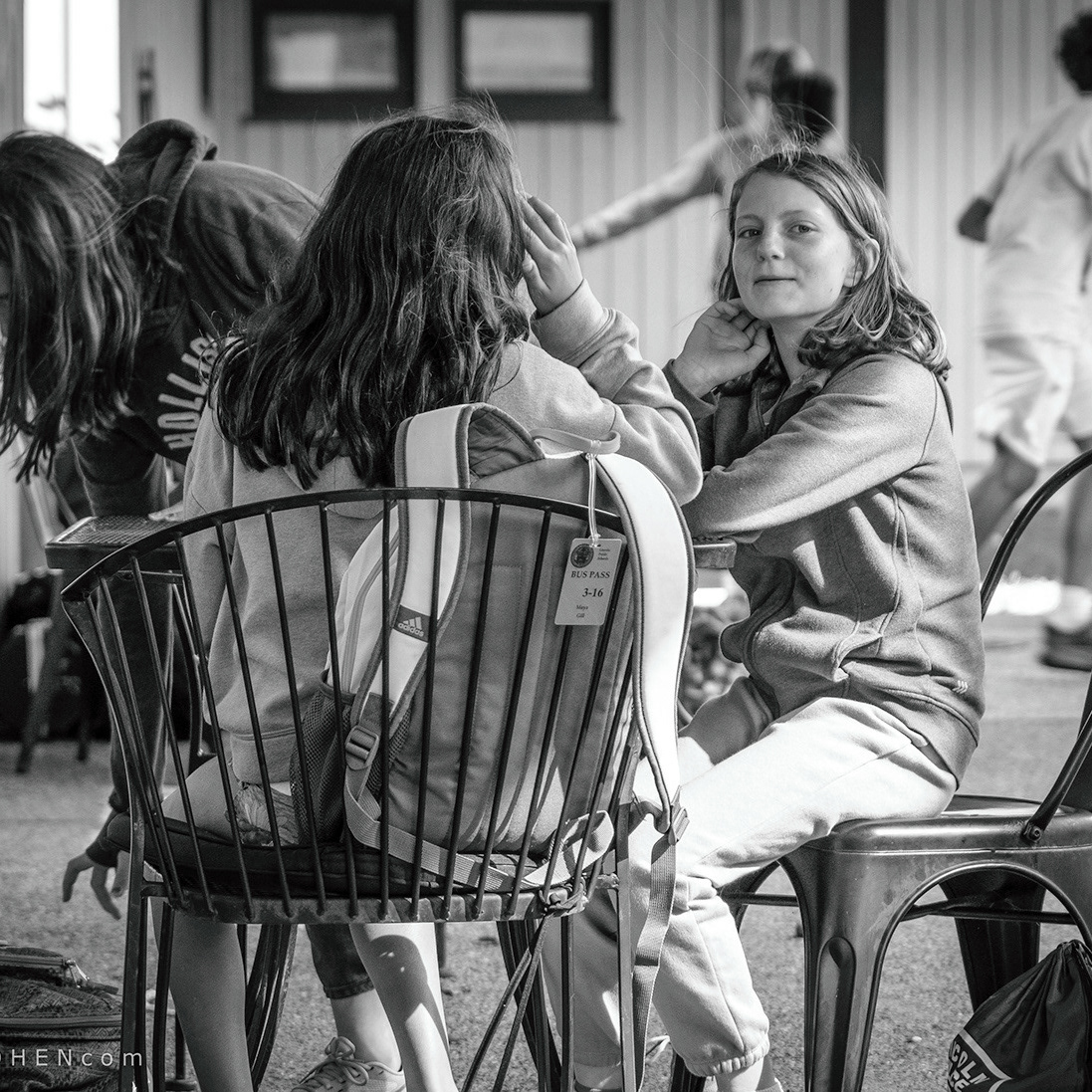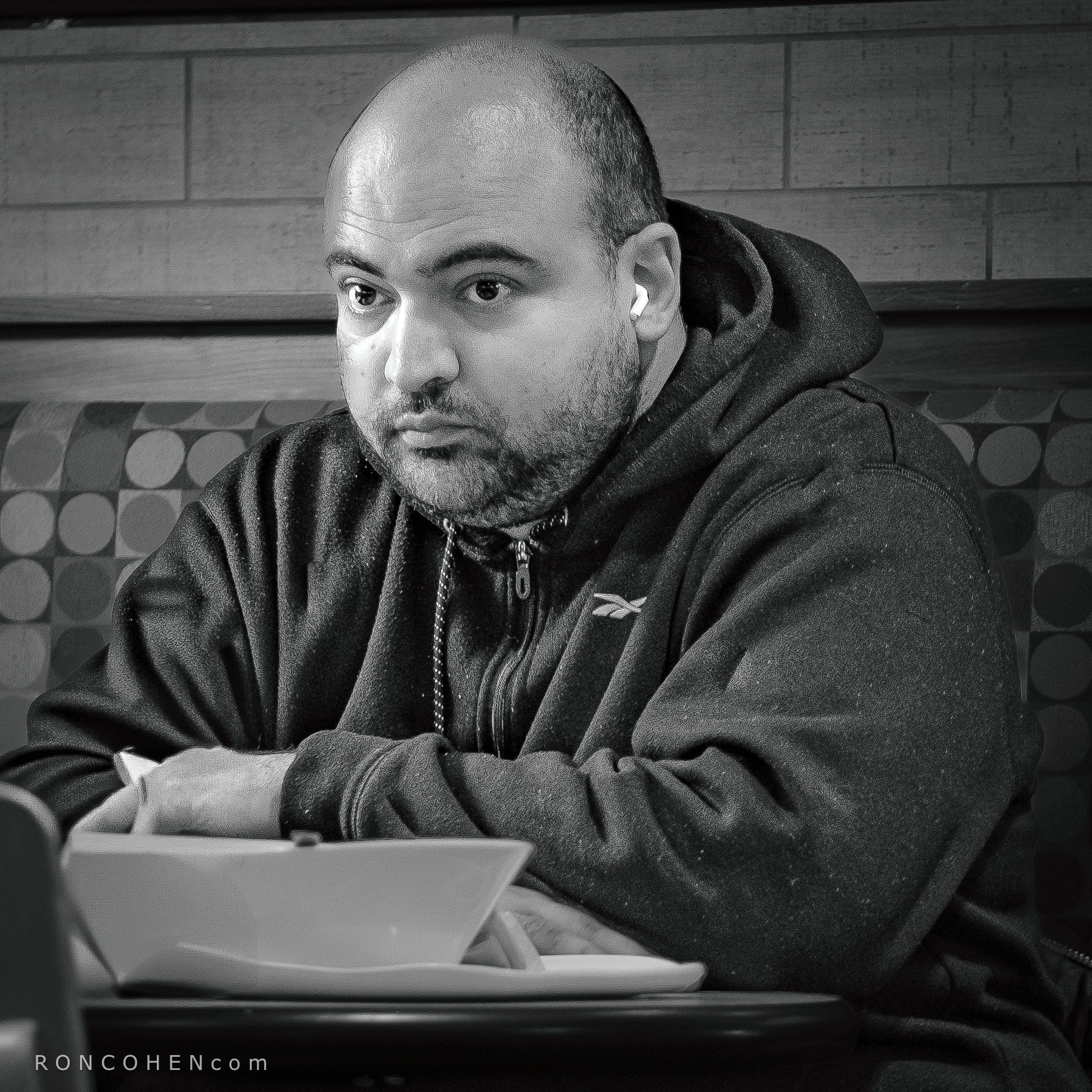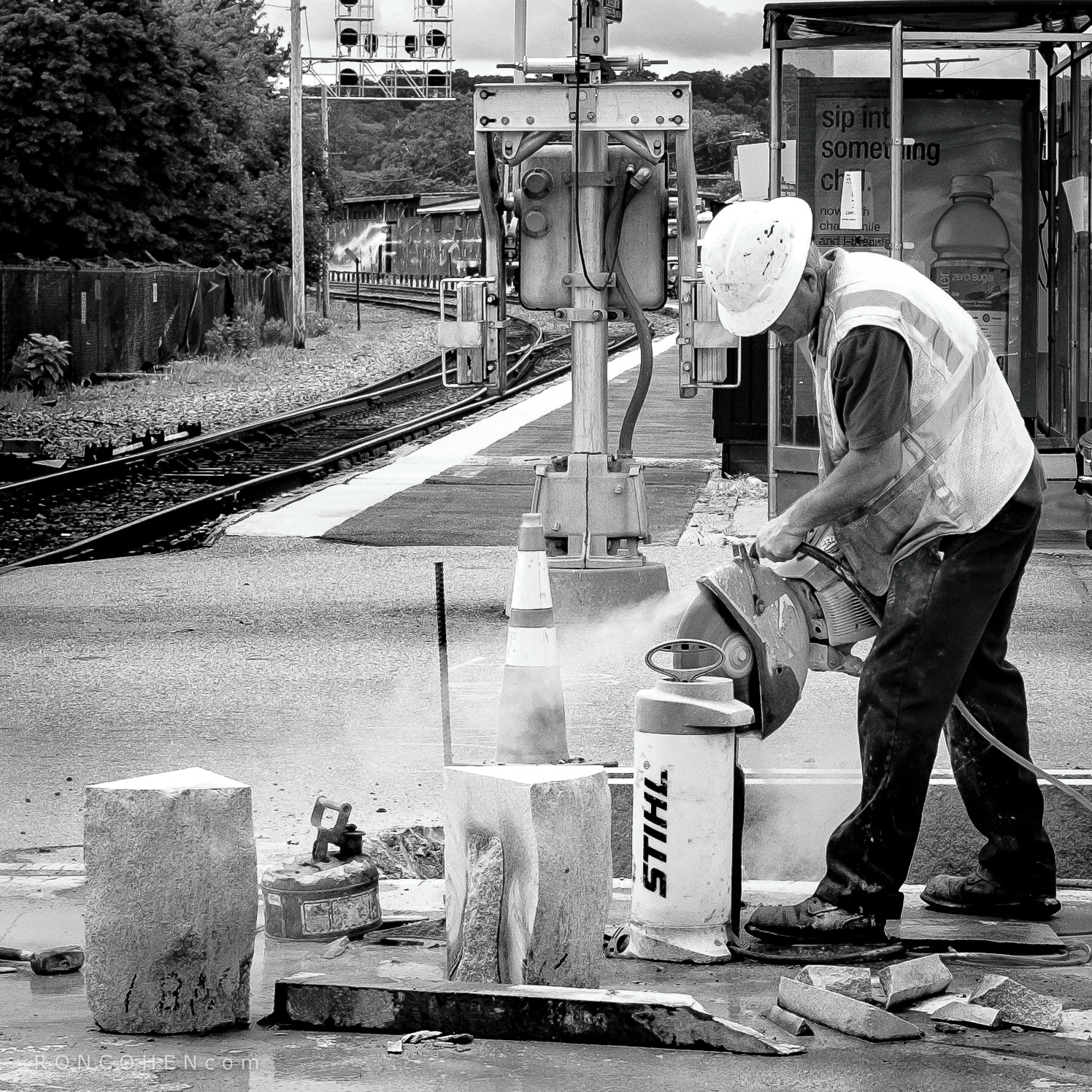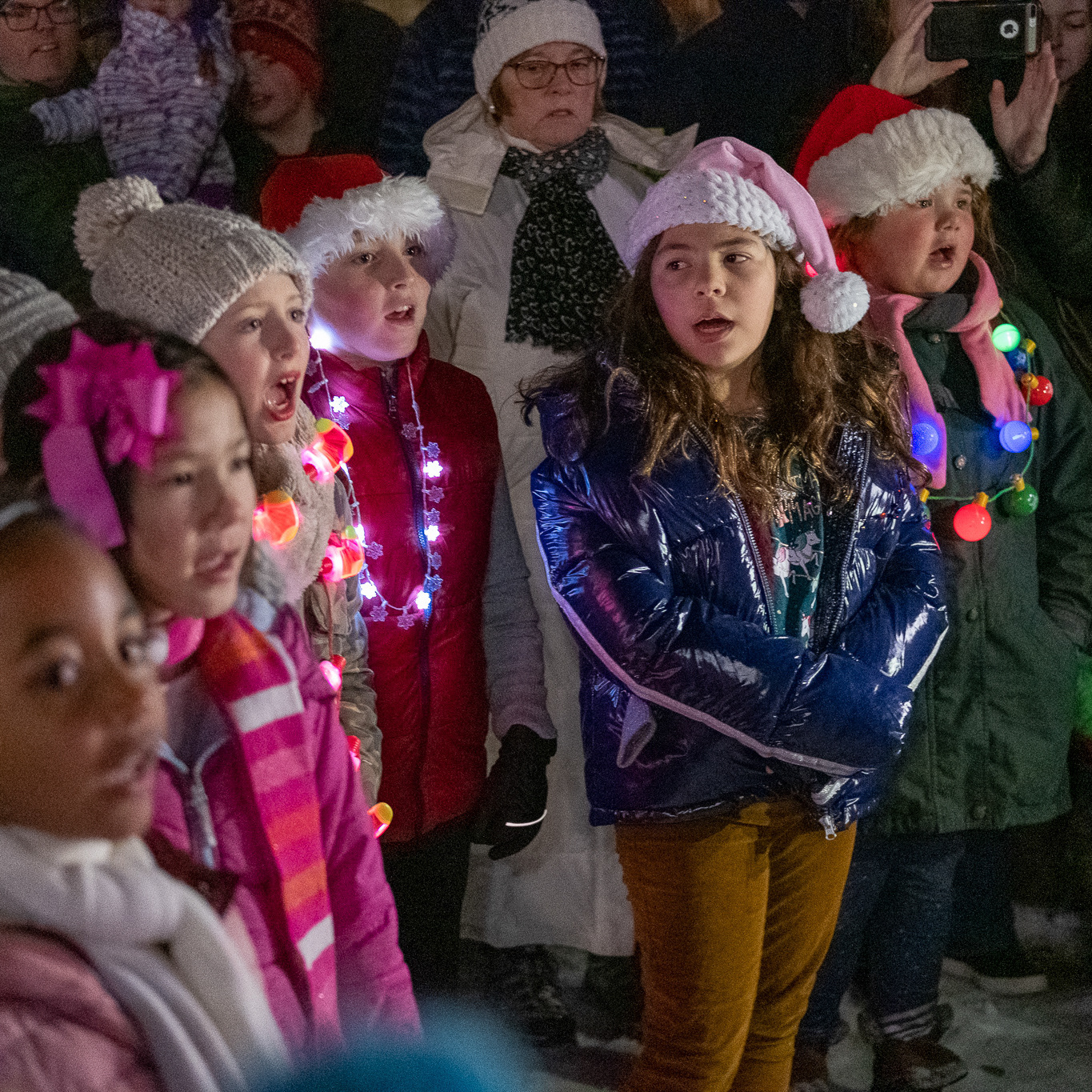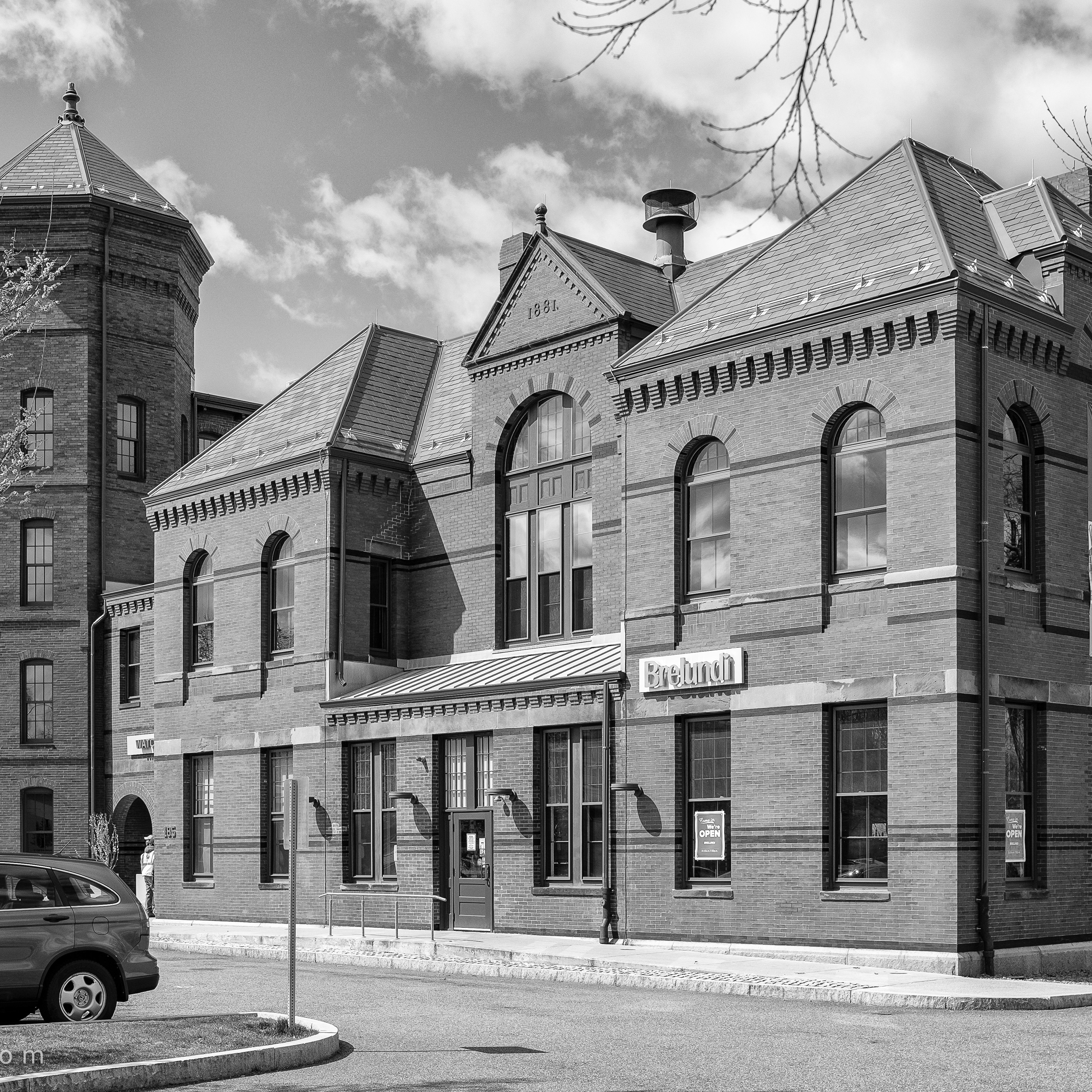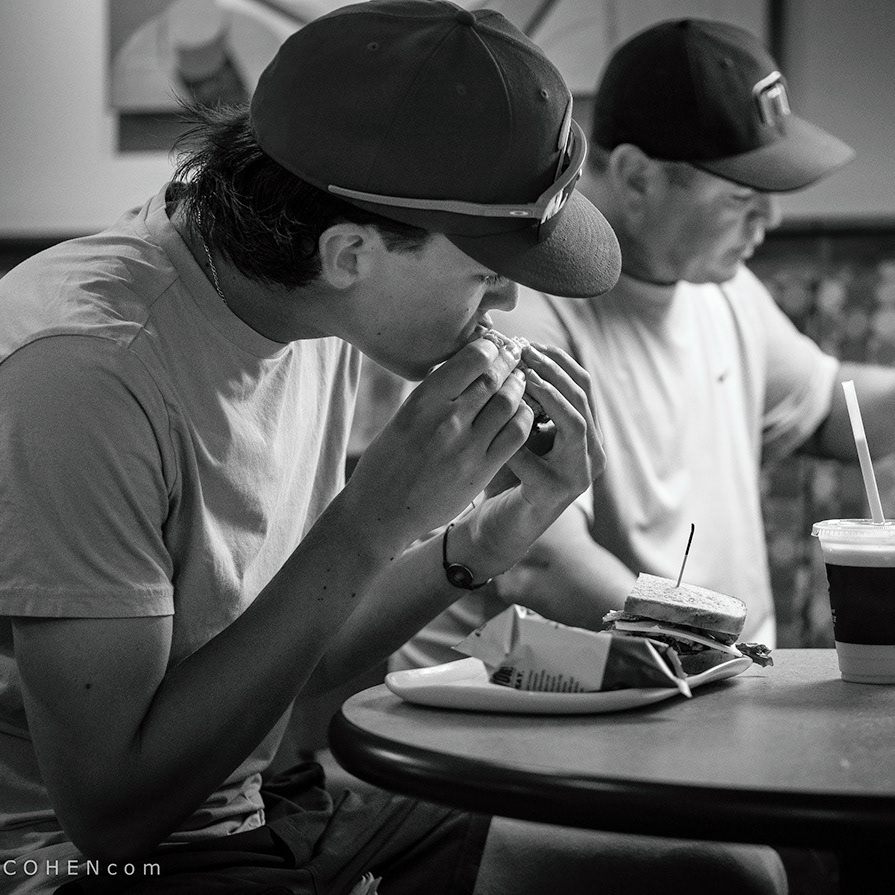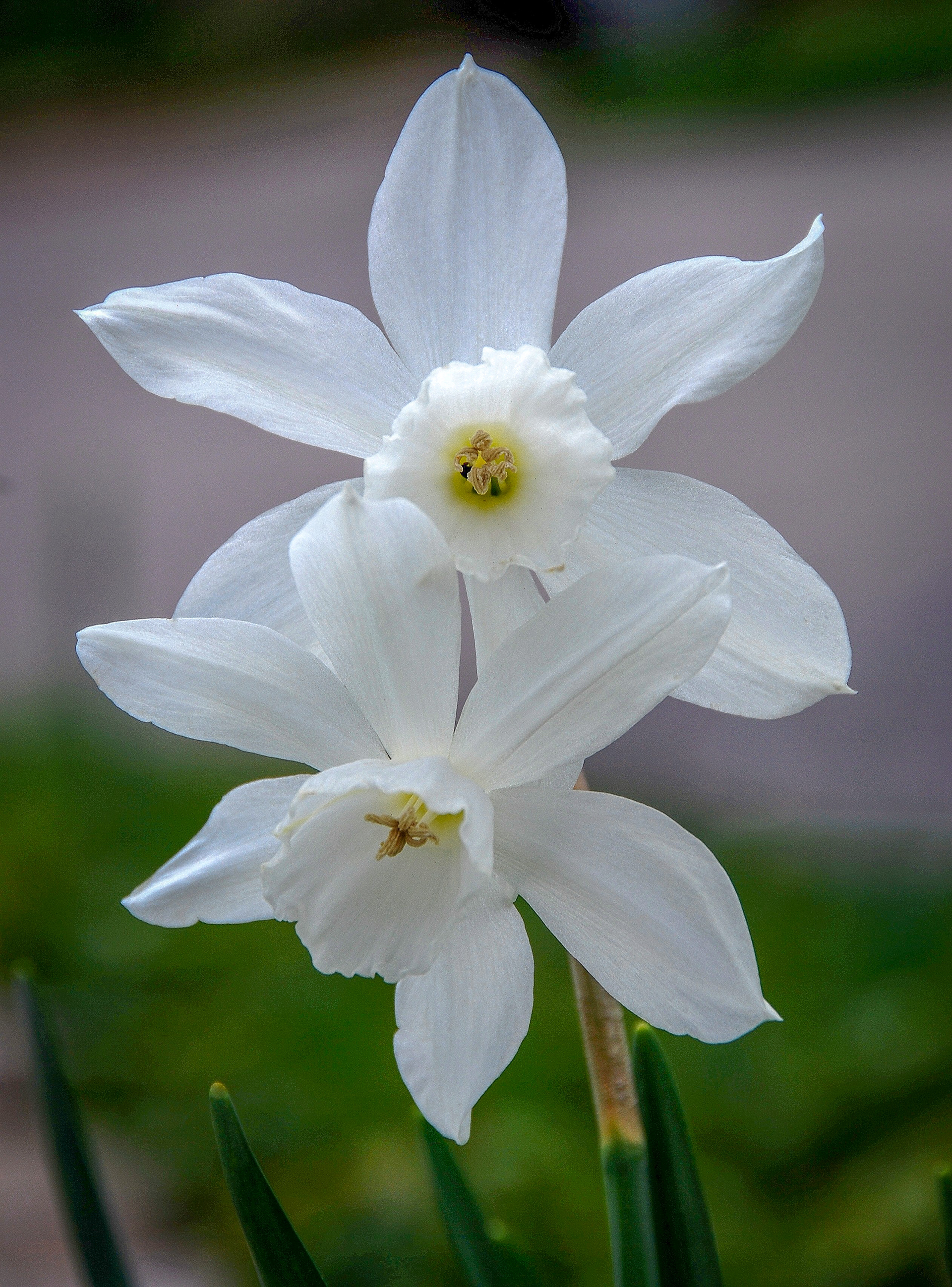
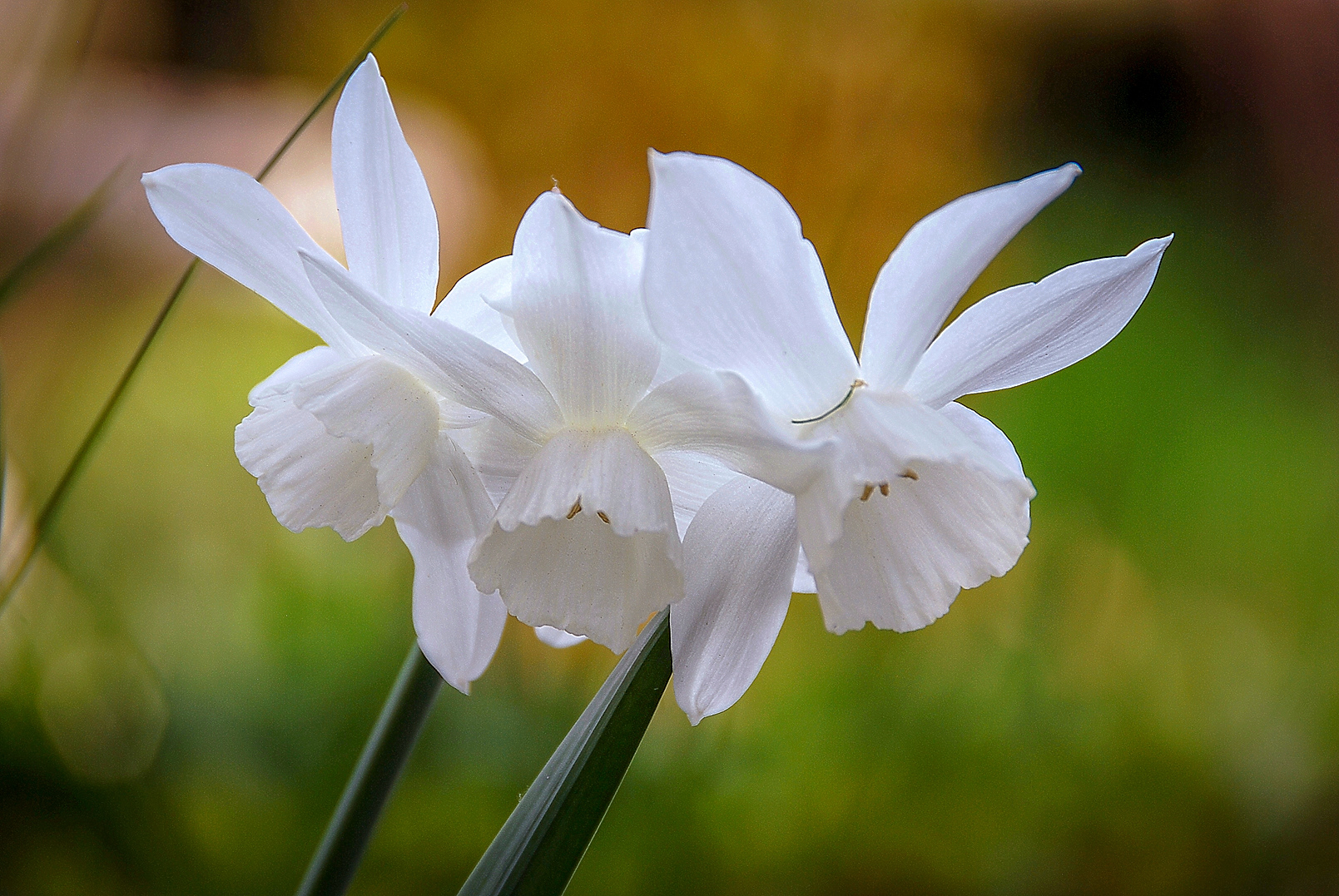
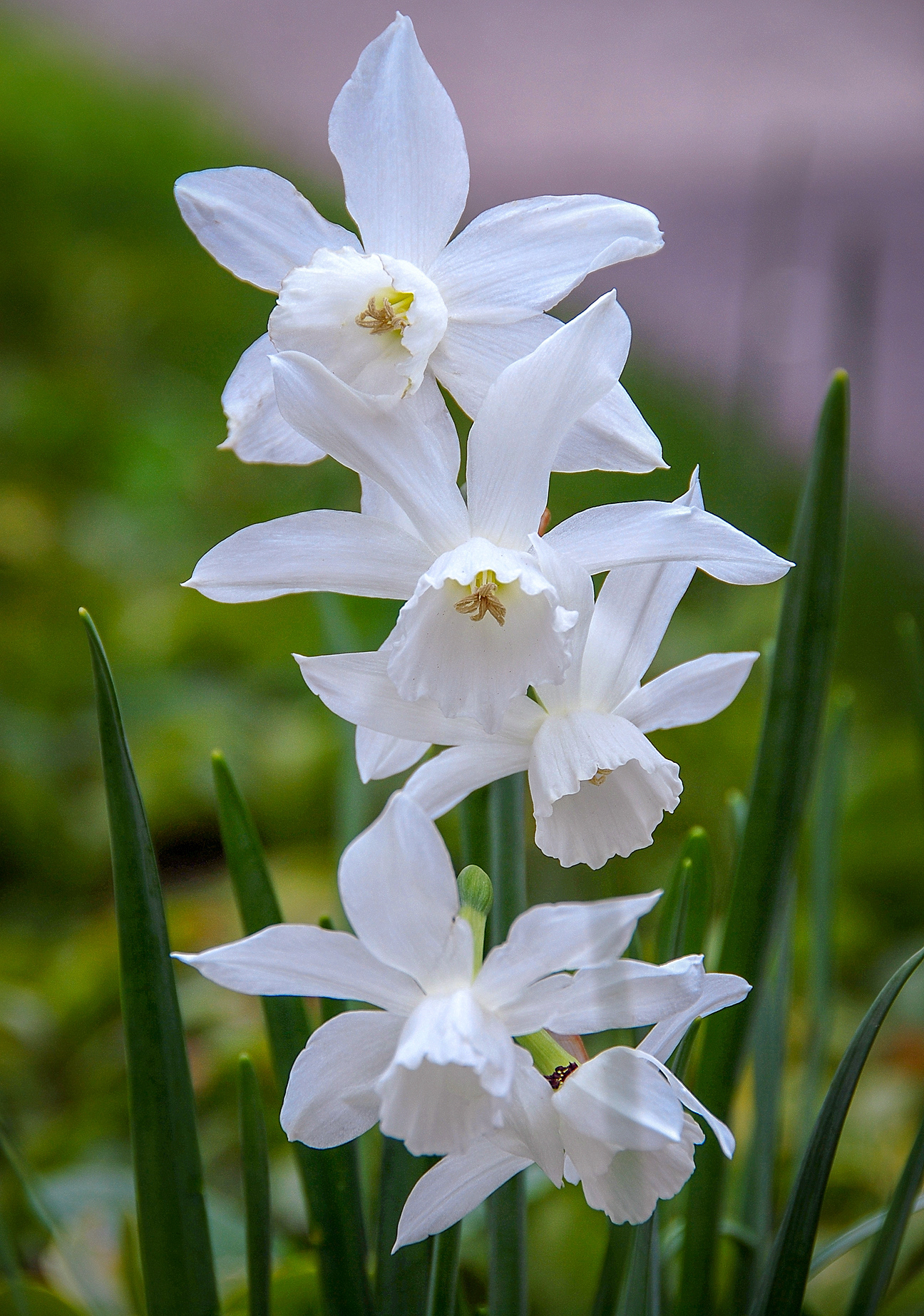
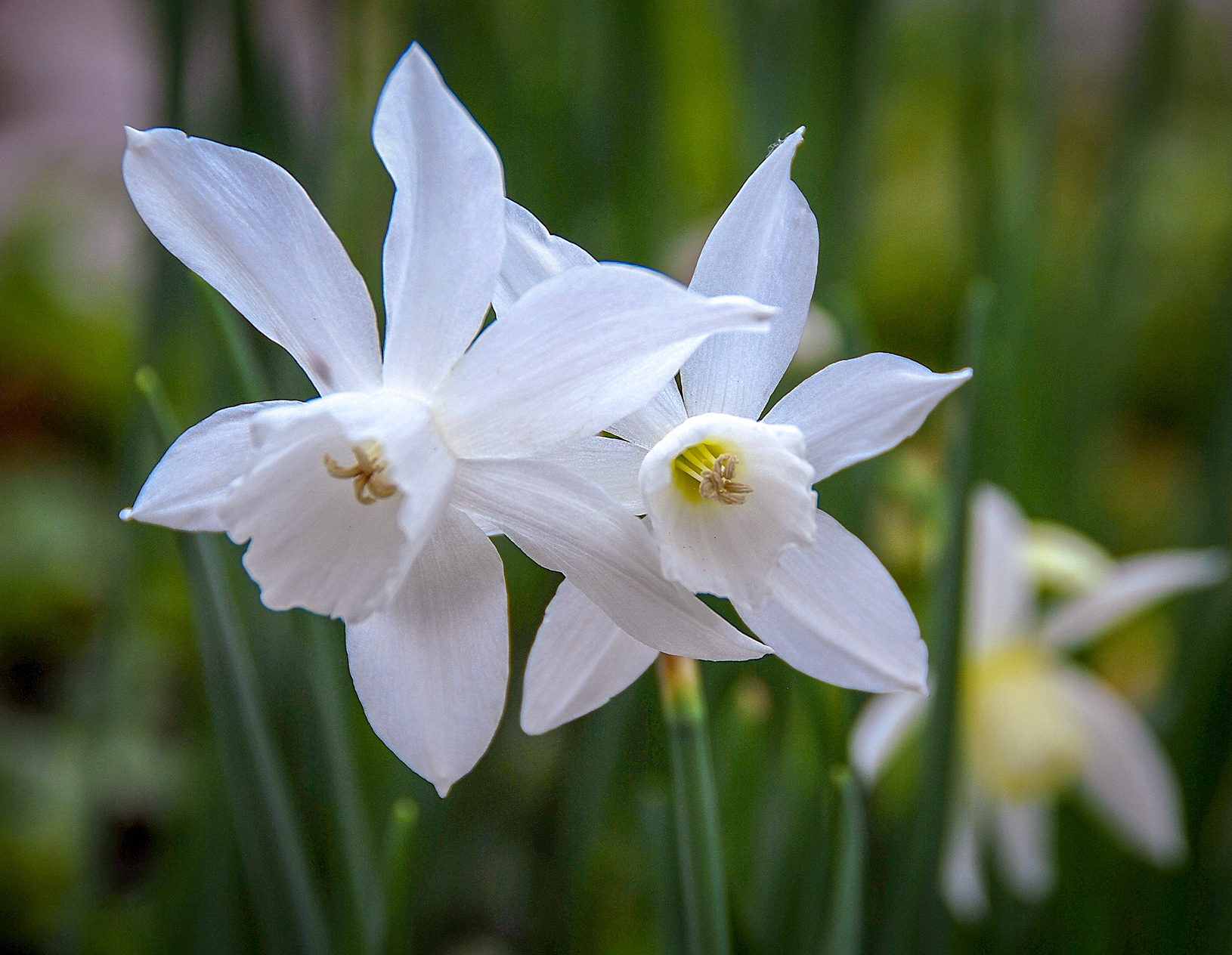
These delicate images of Thalia Jonquils I recorded at 4:50 pm on April 30, 2011, in our garden near the pond. They reveal the soft, luminous quality of late afternoon sunlight at that time of year. A long, subtle tonal range is apparent, all the way from pure white on the corona (or "horn") to areas of pure black in the background. Light of such delicacy—what I call glancing light, because its source, the sun, is low in the sky—gives the artist great expressive opportunity.
This lets me a segue to the larger issue of photography as art. It’s surprising how often people resist this notion. Photography is not interpretive: it merely records. I hear that muddled assumption all too often. "Records what?" I ask. After all, reality is infinitely complex, and to record we must select. Therein lies the art. What we select reveals a great deal about ourselves and how we see the world. This is true for the photojournalist as well as for the photographer aspiring to create art.
What’s more, the digital camera gives us nothing more than raw data, which must be converted to an image. That conversion can be done automatically by firmware in the camera; or afterwards by the photographer, using special software and a computer. In either case, it requires judgment calls, by the engineers who designed the camera, or by the photographer sitting at the computer.
Friends often express shock or disapproval when I tell them that, using software, I routinely remove spots and blemishes from flowers and other subjects. "But that’s cheating," they exclaim, "it’s not "reality." What is 'reality'? I reply. Is it the flower’s petal before the fly deposits the spot, or afterwards? And what, indeed, is my obligation to "reality?" Am I limited simply to recording (which I often do), or can I also aspire to interpret, to reveal the essence of a subject as I see it?
Of course, these questions aren’t new with me. They’ve been debated down through the ages by critics and philosophers. They bear repeating, however, because most people are new to this thinking, at least when it comes to photography.
A friend and gardener, whose judgment I respect, was cool to the top, left photo when I first showed it to her. "It's not how we’re used to seeing jonquils," she complained. Of course, her comment was just one more variant on the "reality" argument I've been trying to debunk. What is the role of the artist if not to show us new ways of looking at the world around us? The bottom two photos may be more conventional, and so more to her liking. But the top, left would be my first choice to show in a gallery.
Not all the photos in a photo blog rise to the level of "art," of course. Many are merely illustrative of a story being told, or they may tell a story, themselves. Occasionally, however, the line between art and illustration may blur, or disappear entirely; then, it's up to the viewer to decide which it is.
I’d like to add an afterthought. Many of us older folks grew up with Life Magazine, and a form of photojournalism that was so immediate and vivid, that we learned to think of it as a record of the times—and tumultuous times they were, certainly deserving a record. So, it is not surprising that the notion of photography as a record lingers. In this digital age, however, when digital images are omnipresent, and so often and easily manipulated, such a notion may seem not merely quaint, but perhaps also dangerously outdated.

